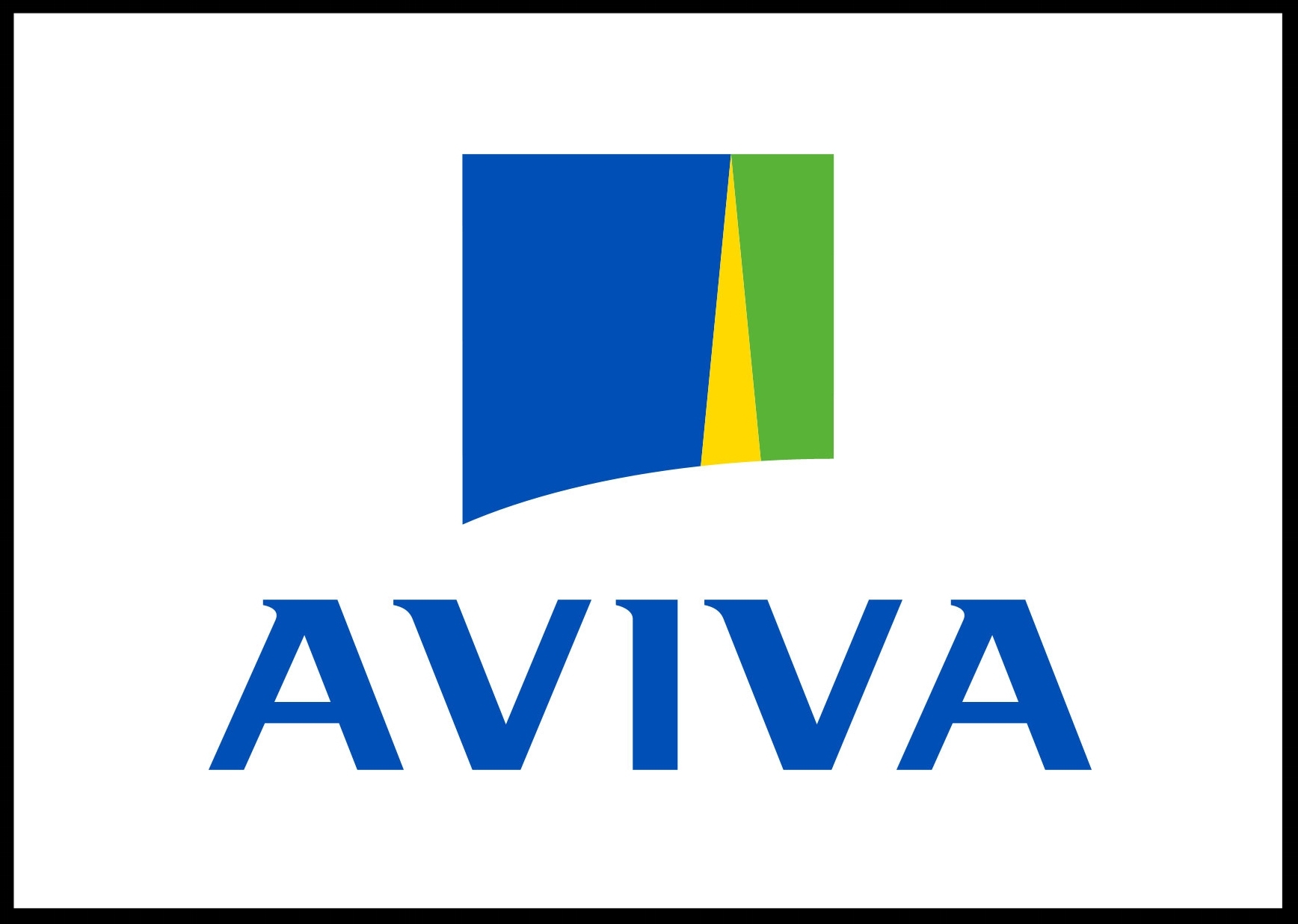New parents expect their baby to regurgitate a fair amount of their milk or formula in the early days. But there is a line between the normal spit-up and reflux.
What is Reflux?
Reflux in both adults and babies, is the return of stomach contents through the sphincter between the stomach and oesophagus (food pipe). Babies are particularly prone to this as their sphincter is less developed than that of an adult. This is why the vast majority of young babies spit up frequently- although this is typically outgrown relatively quickly. Babies with low muscle tone may be more predisposed to developing reflux. Reflux in adults is often associated with diaphragm dysfunction- osteopaths can help with this. Some babies may also have tightness in the diaphragm alongside their reflux.
There is a grey area between spit up and reflux. Generally speaking, if the baby is upset by their regurgitation, we need to start thinking about reflux.
When considering reflux, bear in mind that it is difficult to measure by eye the amount of fluid regurgitated. Try dropping a tablespoon of yogurt on a surface and you’ll see that it looks like a lot. You can gauge better the amount of food baby is taking on board by monitoring weight gain, and production of wet and dirty nappies.
Symptoms
The tissue that makes up the oesophagus is not equipped to deal with stomach acid. The alternative name we give it in adults (heartburn) describes the sensation well. Babies may not be able to communicate their discomfort in a particularly precise way, but there are a few clues.
During a feed, a baby with reflux may continually latch and unlatch. This may coincide with gulping air or burping. Alternatively, baby may cough a lot while feeding. Increased fussiness after feeding, especially if laid down soon after a meal, could also be a sign.
The textbook sign of infant reflux is the arching back (illustrated). Combine this with the other signs mentioned above and it should definitely be considered.
Silent Reflux
Silent reflux is so named because of its more subtle symptoms. Here, the stomach contents re-enters the oesophagus, but is not expelled from the body. It may not even reach the mouth, but that doesn’t mean it is not a problem. The irritation comes from stomach acid returning through the sphincter at the top of the stomach. Regardless of how much further it travels beyond this, the irritation has occurred.
When To Seek Help
Sometimes reflux can be a sign of something more serious. You should seek urgent medical attention if any of the following apply:
there is blood in baby’s vomit or faeces
baby is inconsolable
baby can keep no fluids down at all
their abdomen is distended or tender
they have a fever alongside reflux symptoms
their sick is yellow or green
You should also contact your doctor if baby’s weight gain is not as expected, or if symptoms persist after their first birthday. Symptoms typically resolve spontaneously in the first year of life.
To book an osteopathic appointment in Naas, click here.






